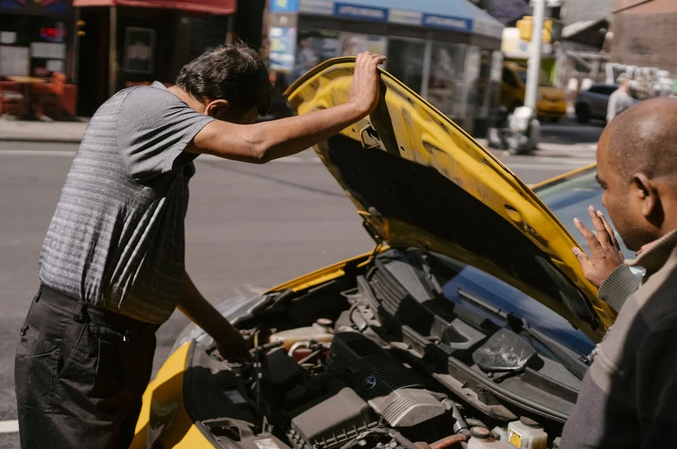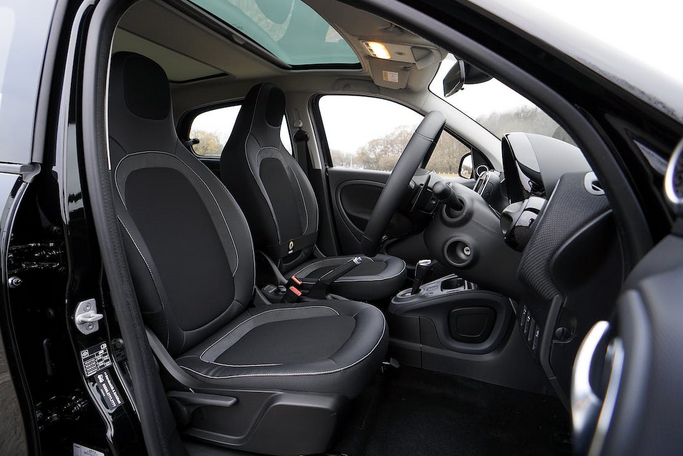Your car is often a trusty companion, whisking you away on adventures and errands alike. But what happens when that dependable ride suddenly lets you down? Engine failure can strike at the worst possible moment, leaving you stranded and frustrated. Understanding the common causes behind this issue is key to keeping your vehicle running smoothly.
By staying informed, you’ll be better equipped to prevent costly repairs and maintain your engine’s health for years to come. Now, let’s delve into some of the most frequent culprits behind engine failures so you can drive with confidence.
Lack of Maintenance
Neglecting regular maintenance is a surefire way to invite engine trouble. Many car owners underestimate the importance of routine check-ups and services. Over time, small issues can snowball into major problems if left unaddressed. Oil changes, filter replacements, and fluid checks are essential components of vehicle upkeep. Skipping these tasks may lead to decreased performance or even complete breakdowns. Moreover, worn-out belts and hoses can fail when you least expect them, causing catastrophic damage. Of course, this won’t be much of an issue if you prefer to Rent a Car Beograd as they’ve topped up their maintenance game over the years. In fact, staying on top of your maintenance schedule is an inspiration you can gain from them.
Overheating

Overheating can spell disaster for your engine. It often occurs when the cooling system fails to regulate temperature effectively. A malfunctioning thermostat or a leak in the coolant system can lead to this issue. When an engine overheats, metal components expand beyond their intended limits. This expansion may warp parts such as the cylinder head or cause gaskets to fail. The effects can be catastrophic and expensive. Drivers should keep an eye on their temperature gauges and look out for any warning lights. Regularly checking coolant levels is essential too.
Oil Issues
Oil issues can lead to severe engine problems. The type of oil you use matters significantly. Your engine won’t function properly if it’s too thick or too thin. Regular oil changes are essential for maintaining good engine health. Neglecting this simple task allows dirt and debris to accumulate, resulting in sludge buildup. This gunk can clog vital pathways and restrict proper lubrication. Another common problem is low oil levels. Without adequate lubrication, friction increases between moving parts, leading to wear and tear over time.
Fuel Problems

Fuel problems can wreak havoc on your engine. Contaminated fuel is a leading culprit. Dirt, water, or other impurities may enter the tank, disrupting the combustion process. Another issue arises with low-quality fuel. It lacks essential detergents and additives that keep your engine clean and efficient. Over time, this can lead to deposits forming within critical components.
Electrical Failures
Electrical failures can be a silent killer of engine performance. They often occur without warning, leaving drivers stranded. Issues with the battery, alternator, or wiring can disrupt the flow of electricity essential for ignition and other vital functions. A faulty sensor might prevent your engine from starting or cause it to stall unexpectedly. Corrosion on terminals is another common culprit. It interferes with the connection and leads to erratic behavior in electrical components. Moreover, blown fuses could disable critical systems like fuel injection or spark timing.
Engine failure can be a daunting and often costly issue for vehicle owners. Understanding the common causes helps in preventative measures. Regular maintenance is your first defense line, ensuring every component operates smoothly. Being aware of these potential issues empowers you as a driver to take action before it’s too late. Maintaining vigilance will help keep your engine running smoothly for miles ahead.…
Read More


